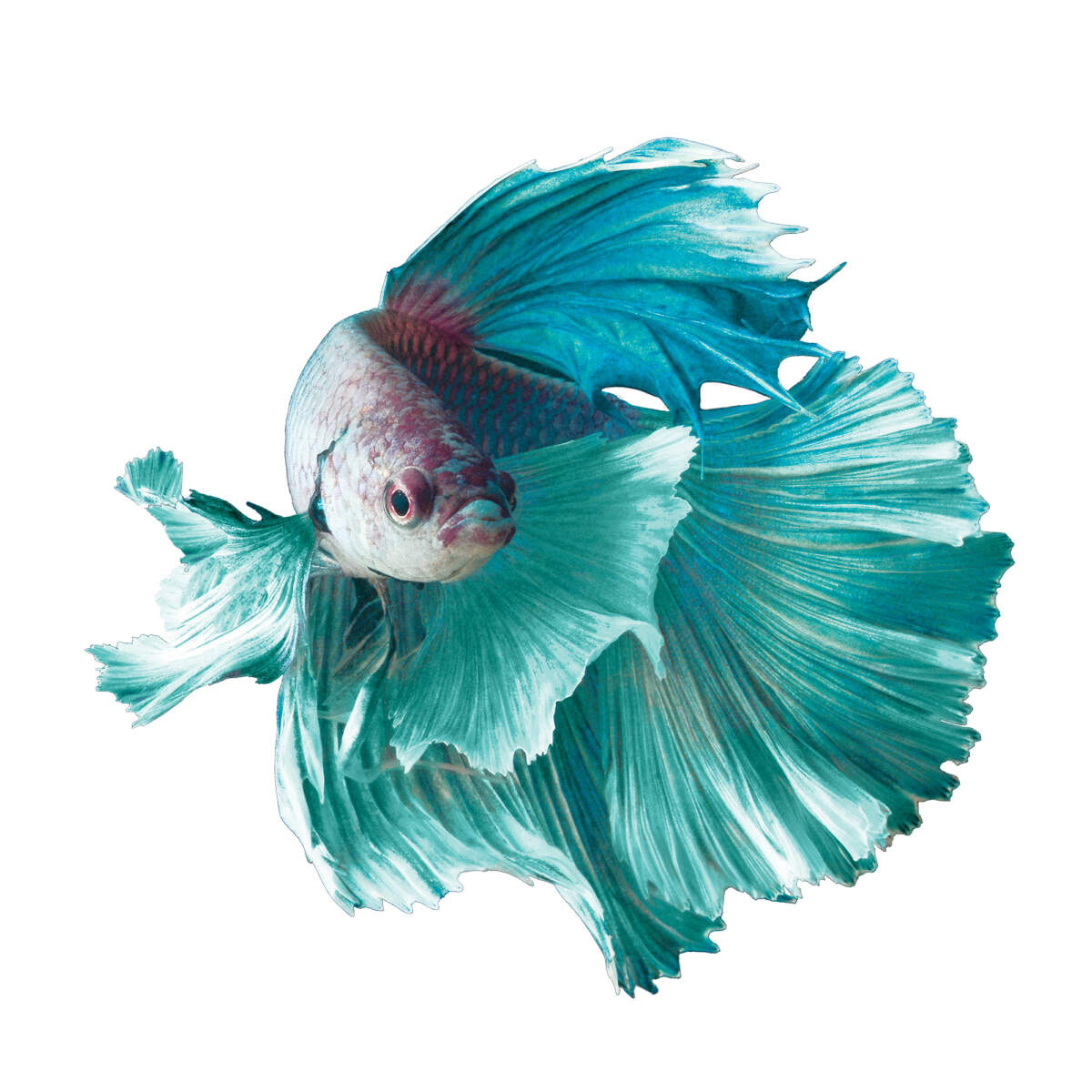All About Betta Fish: Recognizing Their Distinct Demands, Behavior, and the Ideal Practices for Optimal Treatment
Comprehending the special demands and actions of Betta fish is essential for any aquarist looking to provide optimal care. betta fish. As we check out these aspects additionally, the ramifications for both amateur and experienced fish caretakers come to be increasingly evident, raising questions about just how ideal to suit these remarkable fish in our homes.
Betta Fish Overview
Although often admired for their dynamic shades and streaming fins, Betta fish, medically known as Betta splendens, are complex creatures that require details like grow. Stemming from Southeast Asia, these freshwater fish are understood for their territorial nature and special habits. Betta fish display sexual dimorphism, with men presenting extra brilliant colors and longer fins than females.
Their aggressive propensities, specifically among males, demand mindful consideration when housing them. Bettas are frequently maintained in single-specimen containers to avoid territorial conflicts. They can exist side-by-side quietly with certain suitable types in larger neighborhood tanks, gave the atmosphere meets their requirements.

To make certain optimal care, aquarists must comprehend their special behavior attributes, nutritional demands, and habitat requirements. betta fish. With proper attention, Betta fish can exhibit their dynamic characters and thrive in a well-kept fish tank setup
Natural Habitat and Atmosphere
Betta fish thrive in a diverse variety of all-natural habitats, mainly found in the superficial waters of Southeast Asia, consisting of rice paddies, swamps, and slow-moving streams. These atmospheres are defined by warm temperature levels, commonly in between 75 ° F and 82 ° F(24 ° C and 28 ° C ), and a pH level ranging from 6.5 to 7.5, which is ideal for their wellness and wellness.
In their natural environments, Betta fish are accustomed to thick plants, offering both sanctuary and breeding grounds. The visibility of plants such as floating water lilies and thick grasses not just uses protection from killers however likewise adds to the oxygenation of the water, which is necessary for their breathing needs. In addition, these atmospheres frequently have locations of still water, allowing Betta fish to show their natural actions such as bubble nesting.
Comprehending the all-natural habitat of Betta fish is crucial for aquarium fanatics. Duplicating these problems-- with water temperature, pH equilibrium, and the inclusion of online plants-- can significantly boost the overall wellness and durability of these fascinating fish, ensuring they thrive in a home fish tank setup.
Social Actions and Interactions
Comprehending the social actions and communications of Betta fish is essential for successful aquarium administration. Betta fish, or Siamese battling fish, are understood for their one-of-a-kind behavior attributes, characterized primarily by territoriality and aggression.
On the other hand, female Bettas display less aggressive behavior and can exist together in groups, called sororities, if introduced correctly. It is critical to check their communications carefully, as pecking order and supremacy can lead to conflicts. Understanding the characteristics within a Betta area is crucial; developing hiding spots and ensuring enough room can alleviate hostility.
Additionally, Betta fish might additionally show curiosity and social behaviors read the full info here in the direction of other species. While they can exist side-by-side with particular non-aggressive storage tank mates, it is important to choose suitable types to avoid stress and anxiety and hostility. Overall, identifying these social communications is essential to cultivating an unified aquarium setting for Betta fish.
Vital Care Standards
Providing appropriate care for Betta fish is vital to their health and wellness. Regular water modifications-- roughly 25% once a week-- help preserve water top quality.
Betta fish require an appropriate container size; a minimum of 5 gallons is suggested to provide appropriate room for swimming and hiding. Include designs and plants to produce a revitalizing environment, but prevent sharp things that could harm their delicate fins.

Finally, make sure the container is equipped with a filter to maintain the water tidy, however use a mild filter to stay clear of strong currents that can stress the fish. By adhering to these essential treatment standards, proprietors can promote a healthy and balanced and vivid Betta fish.
Common Health And Wellness Issues and Solutions
In the treatment of Betta fish, understanding of typical health concerns is necessary for preserving their well-being. One widespread problem is fin rot, frequently created by bad water high quality or bacterial infection. Signs and symptoms include torn or tarnished fins. To treat fin rot, boost water conditions and consider making use of a broad-spectrum antibiotic.
Another usual ailment is ich, a parasitical infection characterized by white spots on the fish's body (betta fish). Therapy involves boosting water temperature and adding fish tank salt to the tank, as this can assist get rid of the bloodsucker
Swim bladder condition is additionally frequently observed, leading to buoyancy issues. This problem may develop from overfeeding or irregular bowel movements. A fasting period of 24-48 hours, complied with by a diet regimen of blanched peas, can offer alleviation.
Last but not least, bettas may experience velour disease, suggested by a gold dust-like look on their skin. Therapy usually calls for drug specifically developed for exterior bloodsuckers, alongside improved storage tank health.
Normal monitoring of water parameters, preserving a tidy atmosphere, and giving a well balanced diet are important safety nets. By addressing these health issues quickly, Betta fish can lead healthier, a lot more vivid lives.
Verdict
In recap, effective betta fish treatment calls for click for source an understanding of their one-of-a-kind needs and behaviors. Providing a suitable environment, consisting of appropriate container dimension hop over to these guys and water problems, is crucial for their health. In addition, identifying their territorial nature and making sure appropriate concealing areas can avoid aggression. Regular surveillance of wellness and water top quality, in addition to a balanced diet, adds to the long life and vibrancy of betta fish. Abiding by these guidelines will cultivate a growing water community for these captivating animals.